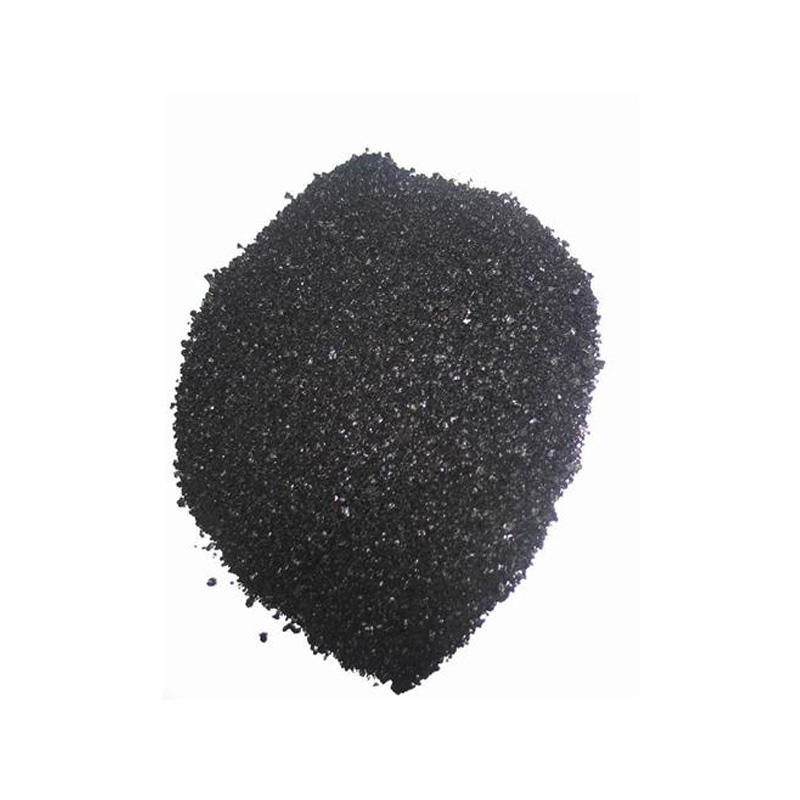Production and Application of Sulphur Dyes in Industrial Textile Manufacturing Processes
The Role of Sulphur Dyes in Modern Textile Manufacturing
Sulphur dyes have emerged as a significant aspect of the textile industry, renowned for their vibrant colors, affordability, and environmental resilience. These synthetic dyes, primarily used for dyeing cotton and other cellulosic fibers, have transformed the way textiles are treated and colored. With increasing demand for high-performance and eco-friendly dyeing solutions, sulphur dyes have found their place in factories around the world, facilitating a range of applications from fashion to industrial textiles.
History and Development of Sulphur Dyes
Sulphur dyes were first introduced in the 19th century, arising out of the need for economical dyeing methods that could deliver rich hues to fabrics. These dyes are characterized by their ability to form strong covalent bonds with fibers, resulting in excellent wash and light fastness. Their development revolutionized the dyeing process, allowing for the creation of deep and durable colors at a relatively low cost.
The production of sulphur dyes involves a complex chemical synthesis process, where natural or synthetic sulfur combines with various aromatic compounds. The resulting products range in color from deep blacks and blues to bright yellows and reds. Factories specializing in sulphur dyes utilize advanced equipment and technology to optimize production efficiency while minimizing waste and environmental impact.
Advantages of Sulphur Dyes
One of the key advantages of sulphur dyes is their economic viability. Compared to other dye classes, such as reactive or vat dyes, sulphur dyes offer a more cost-effective solution for large-scale applications. They require fewer resources during the dyeing process, including water and energy, which significantly lowers production costs. This economic efficiency makes them particularly appealing to manufacturers navigating the challenges of today’s competitive market.
sulphur dyes factory

In addition to cost savings, sulphur dyes exhibit excellent fastness properties. Fabrics dyed with sulphur dyes are often more resistant to fading, washing, and light exposure than those dyed with other methods. This durability is crucial for textiles that undergo rigorous use, such as workwear, outdoor clothes, and upholstery fabrics.
Moreover, sulphur dyes are valued for their ease of application. The dyeing process typically occurs at higher temperatures and with simple water-soluble solutions, allowing for greater flexibility in production techniques. The one-bath dyeing process employed in sulphur dyeing facilitates faster turnaround times, making it ideal for mass production environments.
Environmental Considerations
While the economic and practical advantages of sulphur dyes are apparent, environmental considerations are becoming increasingly crucial in manufacturing processes. The chemical composition of sulphur dyes can pose certain risks if not managed properly. Factories must adhere to stringent regulations regarding effluent discharge and waste management to minimize the environmental impact.
In recent years, there has been a significant shift toward sustainable practices within the industry. Many sulphur dye manufacturers are innovating by adopting green chemistry principles, focusing on safer chemical alternatives, and implementing water recycling systems. Furthermore, the industry is exploring bio-based sulphur dyes derived from renewable resources, reducing reliance on fossil fuels and decreasing the overall ecological footprint of textile production.
Conclusion
In conclusion, sulphur dyes represent an integral part of the textile manufacturing landscape. Their economic benefits, durability, and ease of application have made them a popular choice for various fabric types. However, as the industry evolves, the need for sustainable practices and eco-friendly production methods becomes increasingly evident. By balancing performance and environmental responsibility, sulphur dye factories can contribute to a more sustainable future in textile manufacturing, meeting the demands of consumers and the planet alike.
-
The Timeless Art of Denim Indigo Dye
NewsJul.01,2025
-
The Rise of Sulfur Dyed Denim
NewsJul.01,2025
-
The Rich Revival of the Best Indigo Dye
NewsJul.01,2025
-
The Enduring Strength of Sulphur Black
NewsJul.01,2025
-
The Ancient Art of Chinese Indigo Dye
NewsJul.01,2025
-
Industry Power of Indigo
NewsJul.01,2025
-
Black Sulfur is Leading the Next Wave
NewsJul.01,2025

Sulphur Black
1.Name: sulphur black; Sulfur Black; Sulphur Black 1;
2.Structure formula:
3.Molecule formula: C6H4N2O5
4.CAS No.: 1326-82-5
5.HS code: 32041911
6.Product specification:Appearance:black phosphorus flakes; black liquid

Bromo Indigo; Vat Bromo-Indigo; C.I.Vat Blue 5
1.Name: Bromo indigo; Vat bromo-indigo; C.I.Vat blue 5;
2.Structure formula:
3.Molecule formula: C16H6Br4N2O2
4.CAS No.: 2475-31-2
5.HS code: 3204151000 6.Major usage and instruction: Be mainly used to dye cotton fabrics.

Indigo Blue Vat Blue
1.Name: indigo blue,vat blue 1,
2.Structure formula:
3.Molecule formula: C16H10N2O2
4.. CAS No.: 482-89-3
5.Molecule weight: 262.62
6.HS code: 3204151000
7.Major usage and instruction: Be mainly used to dye cotton fabrics.

